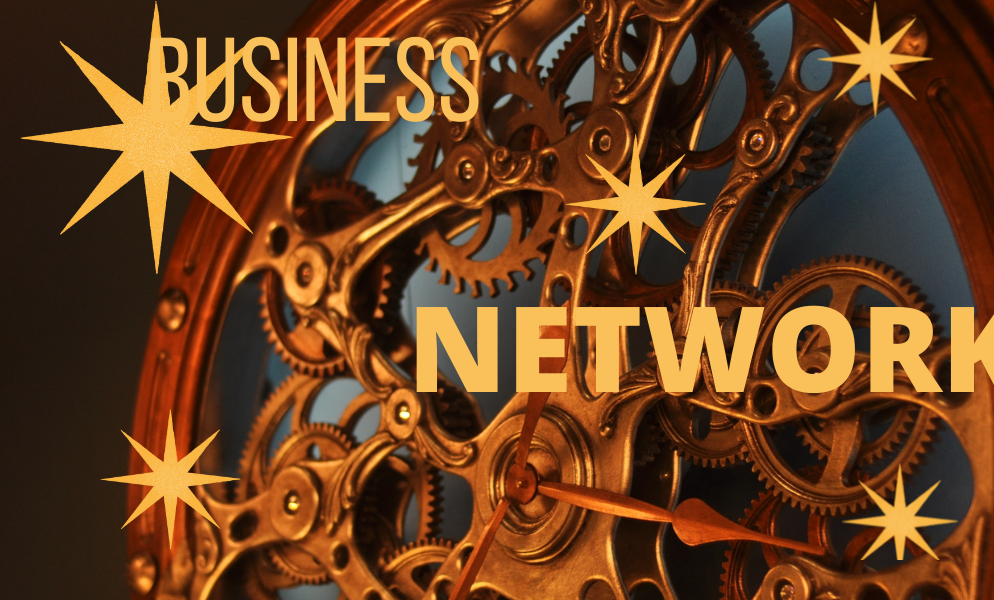How is Supply Chain Business Industry? Barnes & Nobles
About Supply Chain Business Industry
As predicted in my book 5-STAR Business Networks when a product category, its current form, reaches the end of its life-cycle, the supply chain interaction between the supply chain partners becomes rather unpleasant and coercive.
The reason is clear enough.
Long standing supply chain relationships are tested as a result of falling profitability. Each of the player starts challenging the value added by other players, and in a bid to maintain profitability, or avoid losses, starts asking for more share of the overall profits in the supply chain.
Nowhere is this phenomenon more observable today than in the retail supply chain.
Within retail too – book retail is perhaps the most hit industry.
Amazon has been eating the lunch of traditional retailers for several years now.
Onslaught of digital delivery mechanisms and growing popularity of digital readers, iPads, kindles is taking its toll. New York Times reported the dispute as follows:
B&N “believes that because its physical display space is so important to publishers, and because it is the last major retail chain remaining, publishers should be doing more to support it.”
And now this report from the Wall Street Journal of 22nd March 2013 says:
Barnes & Noble Inc. BKS -2.67% has sharply reduced the number of Simon & Schuster titles it carries in its stores as well as the promotion it gives those books as a result of a financial dispute between the two companies, say people familiar with the matter.
This is probably only the first chapter in this dispute. Both sides are hurting from their struggle with a redundant business model. Neither side managed to create a new business model to replace their redundant business model, when the time was on their side. Wall Street Journals goes on to say –
The dispute was reported by Publishers Weekly in late January, shortly after Barnes & Noble curtailed its Simon & Schuster orders. At that time, the two companies believed they would soon resolve their differences. Instead, the dispute has continued. The disagreement comes as readers increasingly embrace e-books. At Simon & Schuster, for example, digital-book sales grew 24% in the fourth quarter, even as total publishing revenue fell 6%. Digital books represented 24% of total publishing revenue that quarter, up from 18% a year earlier.
But these two companies are not the only causalities of this dispute.
The reading public, as well as the writing authors are also affected; perhaps it is time for the authors to create their own business model by finding other, more direct, ways of reaching their readership!
This will not be the first time when non-value adding players are disintermediated out of a supply chain.
In fact Guy Kawasaki, a noted venture capitalist and entrepreneur has recently released his new book which encourages writers to do just that, and shows them how to do it. As per the book’s website Guy learned from his experience.
In 2011 the publisher of Guy Kawasaki’s New York Times bestseller, Enchantment, could not fill an order for 500 ebook copies of the book. Because of this experience, Guy self-published his next book, What the Plus!
No wonder then that Simon &Schuster CEO Carolyn Reidy told the New York Times, “In this new world, it is just getting more complicated. There are more factors involved. They get more fraught.” Wonder how many people will miss the publishing industry in its current form?





